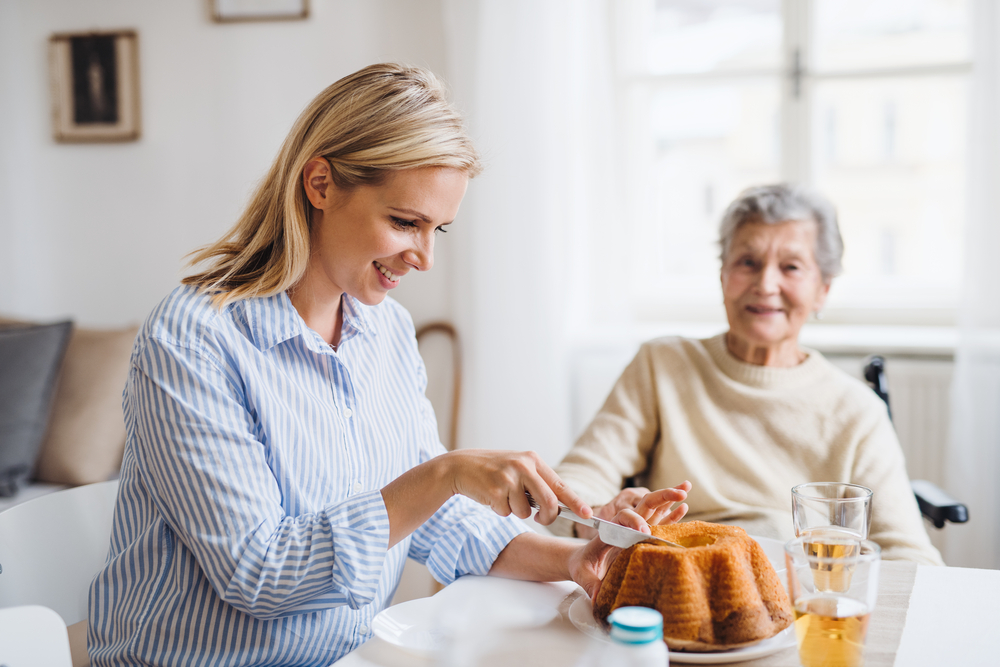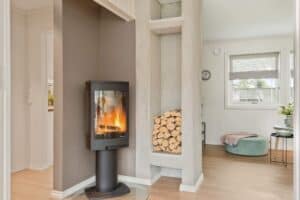Featured
Caring for our elderly relatives is a responsibility that many of us hold dear. Unfortunately, as our loved ones age, their needs change and they face new challenges. More and more seniors do not feel safe living alone, even though they are still mobile and independent. It isn’t uncommon, in the UK, for families to welcome grandparents into their homes, ensuring a happy and safe life for their beloved relatives.
Essentially, as much as we want to fight it, growing old is inevitable. And, as one grows older, one’s health may decline. Therefore, when it comes to maintaining the well-being of those you love, asking them to move in with you can be a practical solution. Bear in mind that this may be a good idea for seniors who require constant assistance or the services of a carer. Yet, if your relatives are still partially independent, this can avoid many issues and help them stay healthy for longer.
Unsure how to get started? Here are 7 tips for when a senior relative moves in with you.
Tips When A Senior Relative Moves In With You

Encourage them to use wearable technology
Wearable technology, such as fitness trackers, doesn’t need to be limited to gym goers. In fact, a smartwatch can be a fantastic addition to your senior’s lifestyle, ensuring they can get a portable assistant wherever they go.
For instance, a smartwatch can act as an appointment reminder. It can also track their heartbeat, so if anything is out of the ordinary, you can know before it is too late.
Another excellent way of making the most out of wearing tech is keeping in touch. They can use their smartphone to reach out to you in case of an emergency. Additionally, a smartwatch can alert the relevant emergency contacts in the event of a fall, as it can record the sudden change of position.
Bathroom modification for improved mobility
Did you know that most of the falls happen in the bathroom? Around 80% of all falls at home tend to happen in the bathroom. So, of course, if your relatives come and live with you, you want to ensure the bathroom is going to be a safe space.
The good news is that you don’t need to break the bank to make it work. In fact, you can easily transform the bathroom to protect your relatives. One of the top priorities should be grab bars, which will help getting in and out of the shower or standing up after sitting on the toilet. You should also consider the addition of mobility bars in the shower.
Add non-slip mats in areas that are likely to be wet, such as the bathtub, the shower, and the spot in front of the bathroom sink.
Enhancing accessibility with a stair chair lift
If you have a top floor, you need to be aware that elderly relatives may find it tiring or difficult to climb up and down the stairs. Using a chair lift can help them maintain access to parts of the house that may become uncomfortable to navigate in old age.
It is also helpful as a stability device. Many seniors can lose balance and fall down the stairs as they lose muscle mass. The chair lift can provide them with safe autonomy, ensuring they can feel confident moving freely within the home.

Crafting an accessible garden oasis
The garden may not seem like a dangerous place but uneven grounds that can lead to injuries. Indeed, declining strength and eyesight can make it tricky for old people to navigate safely when going in the garden. They are more likely to lose their footing and fall. Yet, you can’t ask them to stay indoors at all times.
Going outside plays an important role in their well-being. Vitamin D, which the body produces in the sun, is essential not only for their mental health, but also for their bones. Besides, many seniors enjoy gardening. As such, it can be helpful to bring some modifications, such as the addition of timber decking to ease the way into the garden. Besides, this can also be the opportunity to create a cosy outdoor lounging area!
Adding motion-activated light sensors
Dimly lit hallways and rooms can be a source of risks for seniors. They are more likely to fall. Unfortunately, it can be tricky to find the light switch when they get up in the middle of the night. Did you know that nighttime bathroom breaks can be the most dangerous as people may not find the light switch and choose to walk in the dark?
Instead, you can help by adding motion-activated light-sensors or light bulbs in key areas of the house, such as their bedroom, the stairs, and the path to the bathroom. They can prevent unpleasant accidents and keep everybody safe at night.
Optimal comfort with automatic temperature sensors
In old age, the natural metabolism can slow down. As a result, seniors may become more sensitive to temperature changes because their body works harder to stay warm. Many seniors are prone to wear an extra layer, even when the weather is warm. In other words, they may find the temperature in the house too cold. It is worth turning up the temperature in their bedroom by a few degrees.
You can add smart temperature sensors to ensure a pleasant indoor climate for all. This can guarantee, for example, that the bedroom can stay warm, while communal areas, such as the living room, can be set for a more convenient temperature for all.

Let them decorate their bedroom
Essentially, while seniors may be moving in with you, it doesn’t mean they can’t have their own place. Their bedroom is their personal sanctuary, and as such, it makes sense to involve your relative in the decoration of the room. This will foster a sense of ownership and belonging.
This can involve bringing their favourite furniture into the bedroom, such as taking the wardrobe and bed with them when they move out of their home. You can also sample paint colours or wallpapers together so they can pick what they like.
Are you ready to have your senior relative move in with you? It can be a fantastic solution to keep everybody safe and make the most of their golden years together.






























